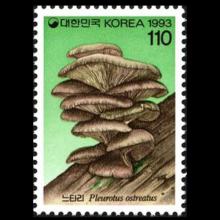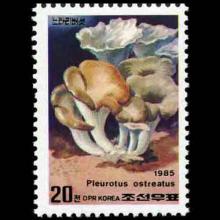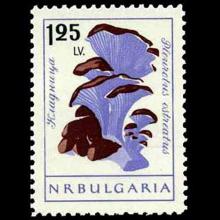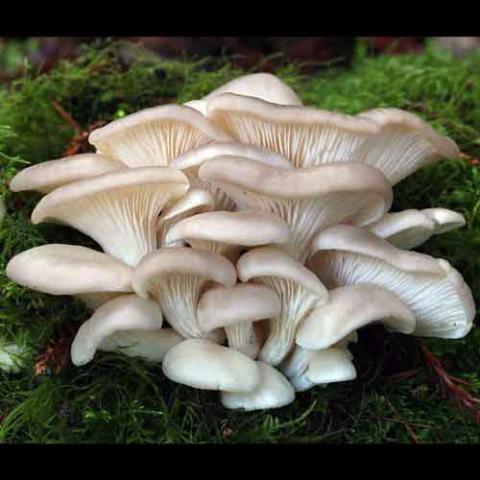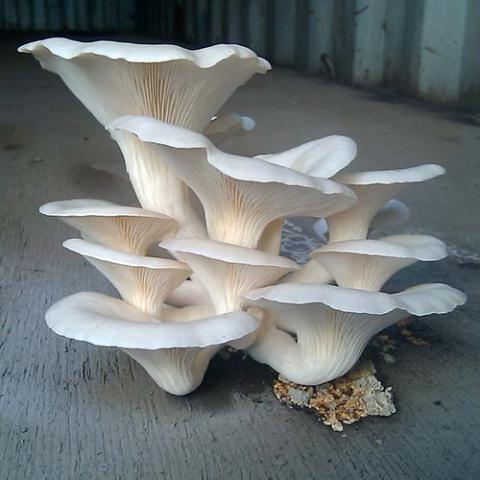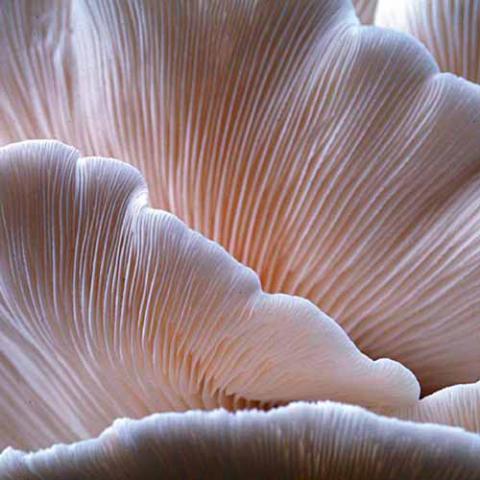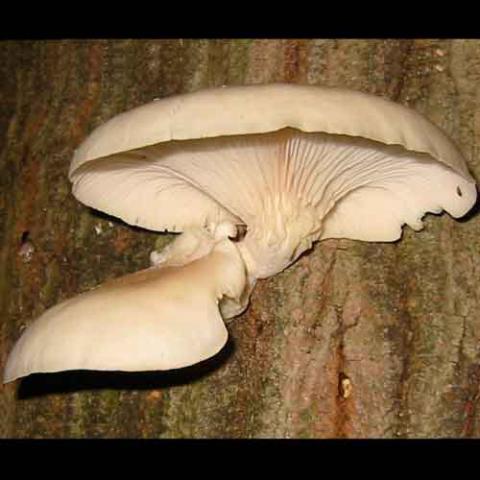NAMES
TAXONOMY
FUNGI ID
THERAPEUTIC
South Korea
Issued:
Stamp:
Pleurotus ostreatus
North Korea
Issued:
Stamp:
Pleurotus ostreatus
Bulgaria
Issued:
Stamp:
Pleurotus ostreatus
South Korea
Issued:
Stamp:
Pleurotus ostreatus
North Korea
Issued:
Stamp:
Pleurotus ostreatus
Bulgaria
Issued:
Stamp:
Pleurotus ostreatus
South Korea
Issued:
Stamp:
Pleurotus ostreatus
North Korea
Issued:
Stamp:
Pleurotus ostreatus
Bulgaria
Issued:
Stamp:
Pleurotus ostreatus
Canadian researchers make building blocks from mushrooms
By GCR Staff, April 21, 2016
We slice them on pizza, toss them in salad and sauté them in stirfrys, but the humble mushroom continues its surprising debut as a building material. Often called toadstools, they now provide seats for people in Canada after researchers there built six public benches using honeycomb-shaped bricks made from a blend of oyster mushroom spores and sawdust.
The researchers from the University of British Columbia (UBC) in Vancouver developed the bricks in their quest for sustainable building materials, and they believe mushrooms could be used widely for insulation in North America, and as a biodegradable structural alternative.
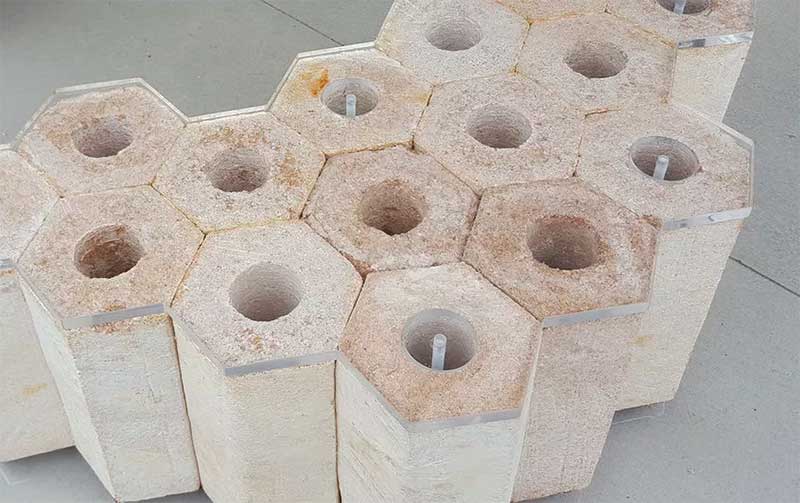
They’re not the first to build with shrooms, however. Arup, the UK-based design and engineering consultant, unveiled a mushroom tower in New York in 2014.
- Both projects tap into the emerging field of mycelium biocomposites, in which mushroom roots, or mycelium, grow in loose cellulosic material such as sawdust. The results are durable materials with attributes similar to that of polystyrene foams. At UBC, researchers followed five steps in making the bricks: Alder sawdust was sterilized, blended with nutrients, and inoculated with the spores of Pleurotus ostreatus (oyster mushroom) at a local mushroom farm.
- The mycelium (mushroom roots) were left to grow in the sawdust for two weeks and then transferred to a greenhouse at UBC.
- The sawdust and mycelium mix was shredded in a wood chipper, and then packed into moulds.
- After five days, the moulds were removed and the blocks of mycelium biocomposite were wrapped tightly in plastic wrap to encourage the growth of chitin, a strong polysaccharide similar to lobster shells.
- After drying, the blocks were ready to be assembled into benches, and covered with clear acrylic.
According to UBC, the roots of the project stretch back to 2014, when assistant professor at UBC School of Architecture and Landscape Architecture Joe Dahmen and his partner in work and life, Amber Frid-Jimenez, Canada Research Chair in Design and Technology at Emily Carr University of Art and Design, were expecting their second child. They had been working on an architectural installation fabricated of recycled polystyrene blocks—not exactly the most benign material —when they decided to explore more eco-friendly options.
“Amber couldn’t get near the thing because it was so toxic,” Dahmen recalled, touring the greenhouse where the benches were grown. “It got me thinking that there must be a more natural material that would still enable a similar range of expression.”
Dahmen and Frid-Jimenez worked with university students and staff to develop a scalable method of producing mycelium biocomposites using two local materials: oyster mushroom spores and alder sawdust. To address the size limitation of the material – mycelium biocomposites risk contamination by mould and bacteria if they exceed a half-metre in thickness – Dahmen developed a new process that drew inspiration from a wasps’ nest discovered in the empty greenhouse that would house the project.
Genus species (Fungi): Pleurotus ostreatus
Pleurotus ostreatus (Oyster Mushroom) caps may be laterally attached (with no stem). If there is a stem, it is normally eccentric and the gills are decurrent along it. The term pleurotoid is used for mushrooms having this general shape.
The spores are smooth and elongated (described as "cylindrical"). Where hyphae meet, they are joined by clamp connections. Pleurotus is not considered to be a bracket fungus, and most of the species are monomitic (with a soft consistency). However, remarkably, Pleurotus dryinus can sometimes be dimitic, meaning that it has additional skeletal hyphae, which give it a tougher consistency like bracket fungi.
Ecology
Pleurotus fungi are found in both tropical and temperate climates throughout the world. Most species of Pleurotus are white-rot fungi on hardwood trees, although some also decay conifer wood. P. eryngii is unusual in its association with herbaceous plants, and P. tuber-regium produces underground sclerotia. In addition to being saprotrophic, all species of Pleurotus are also nematophagous, catching nematodes by paralyzing them with a toxin.
Cuisine
Oyster mushrooms are popular for cooking, torn up instead of sliced, especially in stir fry or sauté, because they are consistently thin, and so will cook more evenly than uncut mushrooms of other types. Furthermore,It often appears in vegetarian cuisine.
Taxonomy
The classification of species within the genus Pleurotus is difficult due to high phenotypic variability across wide geographic ranges, geographic overlap of species, and on going evolution and speciation. Early taxonomic efforts placed the oyster mushrooms within Agaricus (Agaricus ostreatus Jacq. 1774). Paul Kummer defined the genus Pleurotus in 1871; since then, the genus has been narrowed with species moving to other genera such as Favolaschia, Hohenbuehelia, Lentinus, Marasmiellus, Omphalotus, Panellus, Pleurocybella, and Resupinatus. See Singer (1986) for an example of Pleurotus taxonomy based on morphological characteristics.
Photo: Kevin Hups

